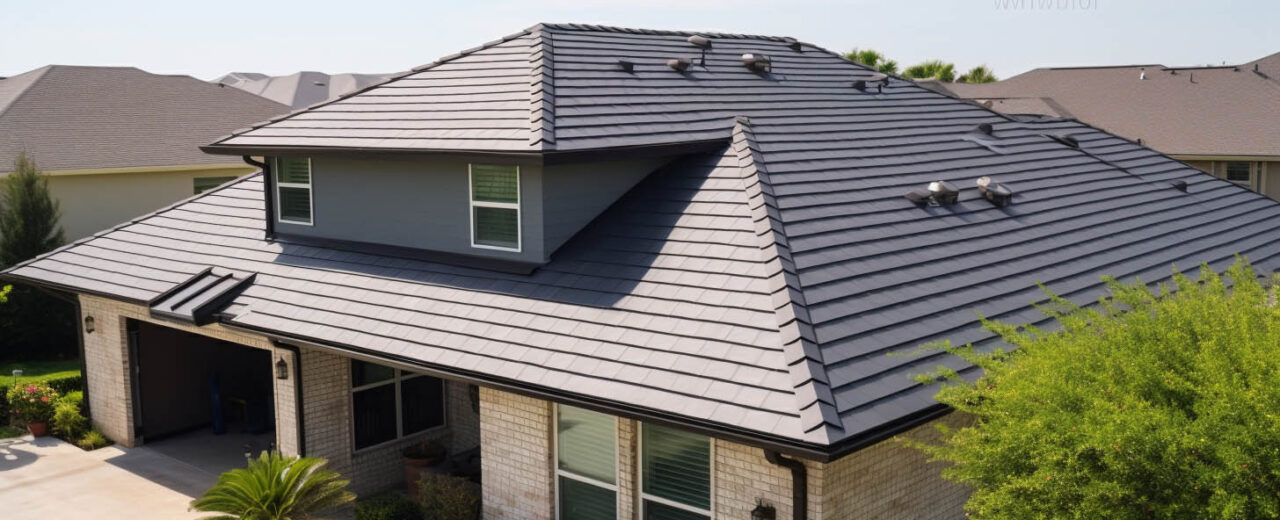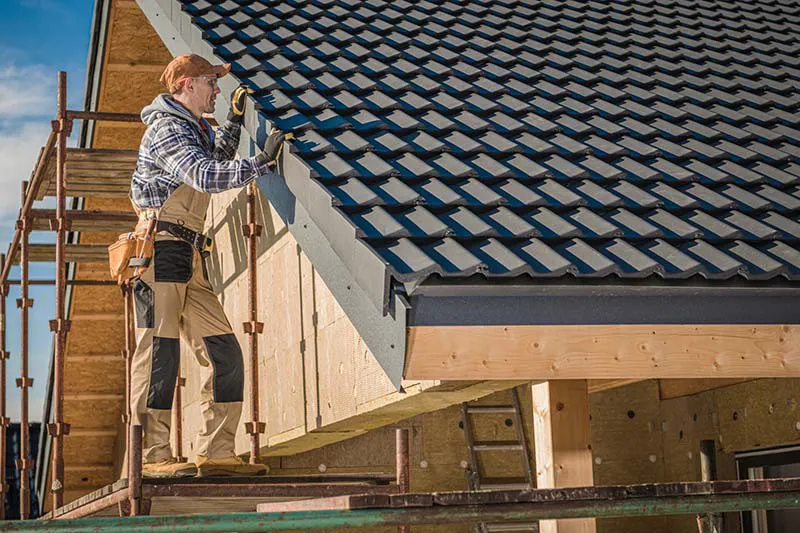When it comes to selling your home, many homeowners overlook the importance of transferring their roof warranty to the new buyer. This process, while seemingly straightforward, can be intricate, depending on the type of warranty and its stipulations. Here’s a detailed guide on how to go about it.
Understanding the Transferability of Your Roof Warranty
Before diving into the transfer process, it’s essential to determine if your roof warranty is transferable. Not all warranties offer this flexibility. The type of warranty you possess and its issuer play a significant role in this determination.
Some warranties come with a straightforward transfer process, requiring no additional costs or documentation. However, the remaining duration of your warranty and the terms and conditions the new owner must meet are also crucial factors to consider.
Key Factors to Consider During Warranty Transfer
- Transfer Fees: Some warranties might have a nominal fee associated with the transfer. It’s essential to ascertain who bears this cost – you or the new homeowner.
- Documentation Requirements: Certain warranties demand specific documentation for a successful transfer. Familiarize yourself with these requirements to ensure a smooth transition.
- Single-time Transfer Limitations: Some warranties allow only one transfer. This means once you transfer the warranty to the new homeowner, they cannot transfer it further. It’s crucial to communicate this to the buyer.
- Age Restrictions: Some warranties have age-related clauses. If the roof exceeds a certain age, the warranty might not be transferable, or specific coverage aspects might be reduced.
Essential Tips for Homeowners
- Adherence to Deadlines: Ensure that all required paperwork is completed within the stipulated time frame, which can range from 30 to 90 days post the sale’s closure.
- Maintain Proper Records: Retain all relevant documents, such as proof of purchase, installation date, and maintenance invoices. These can be pivotal during the transfer process.
- Proof of Ownership: As the seller, you must provide evidence of ownership, like a deed, to transfer the warranty.
- Understand the Warranty’s Value: Ensure that the buyer receives the same coverage level you had. Any discrepancies can lead to disputes or legal complications.
What If Documentation Is Missing?
If you’ve misplaced your warranty documentation, don’t panic. Most issuers maintain a record of warranties. Contacting them can help you retrieve the necessary details and proceed with the standard transfer procedures.
In conclusion
Transferring a roof warranty is a feasible process, contingent on several factors. Proper understanding and adherence to the warranty’s terms can ensure a seamless transition, offering peace of mind to both parties regarding the roof’s condition.
For those seeking a reliable roofing service in Salt Lake City, The Roofing Center is here to assist. With our expertise as a leading roofer in Salt Lake City, we ensure top-notch services, whether it’s roof repair in Salt Lake City or comprehensive roofing solutions. Trust The Roofing Center for all your roofing needs.







